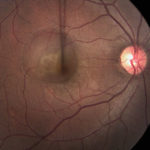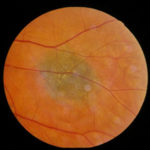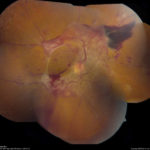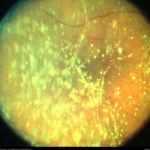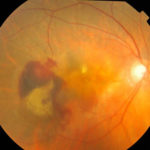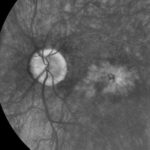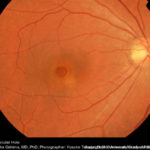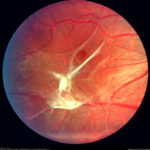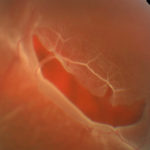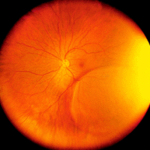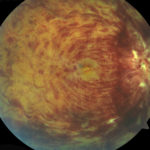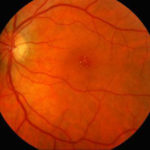Retina Health Series
The American Sociality of Retina Specialists Retina Health Series offers a collection of fact sheets that offer information about causes, symptoms, risk factors, diagnostic testing, treatment, and prognoses of an array of retinal conditions.
- Age-Related Macular Degeneration
- Branch Retinal Vein Occlusion
- Central Retinal Vein Occlusion
- Central Serous Chorioretinopathy
- Choroidal Detachment
- Complex Retinal Detachment
- Congenital X-linked Retinoschisis
- Diabetic Retinopathy
- Endophthalmitis
- Epiretinal Membranes
- FEVR
- Idiopathic Juxtafoveal Telangiectasis
- Infectious Retinitis
- Intraocular Lens Dislocation
- Intravitreal Injections
- Lattice Degeneration
- LCA
- Macular Edema
- Persistent Fetal Vasculature
- POHS
- Polypoidal Choroidal Vasculopathy
- PVD
- Retained Lens Fragments
- Retinal Artery Occlusion
- Retinal Detachment
- Retinal Tears
- Retinitis Pigmentosa and Retinal Prosthesis
- Retinoblastoma
- Retinopathy
- Victrectomy
- Vitrectomy-for-floaters
- Vitreomacular-traction-syndrome

